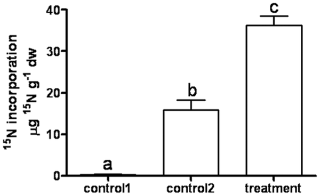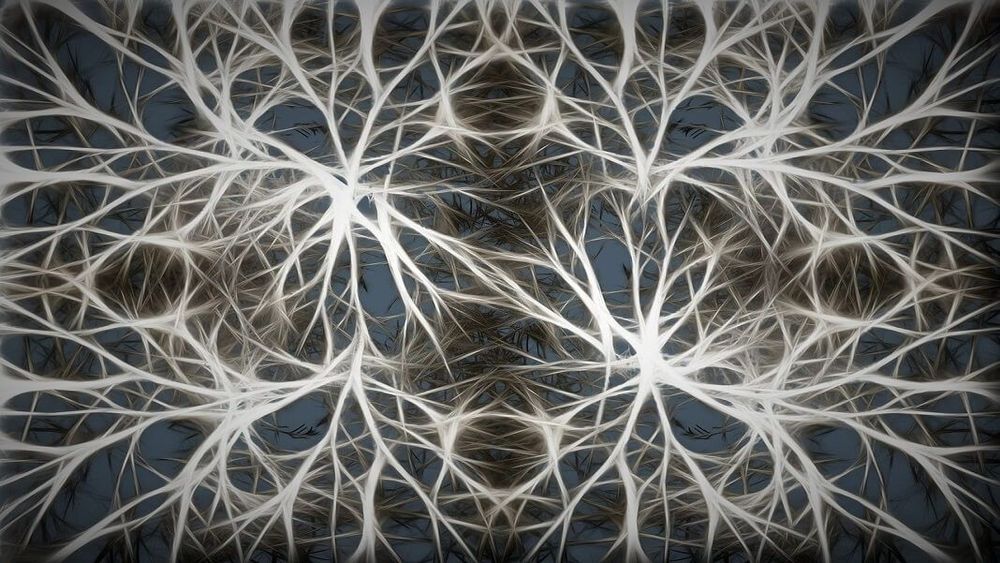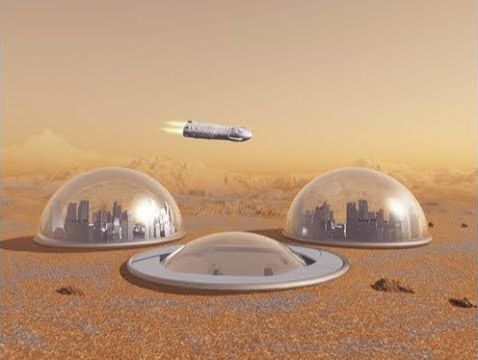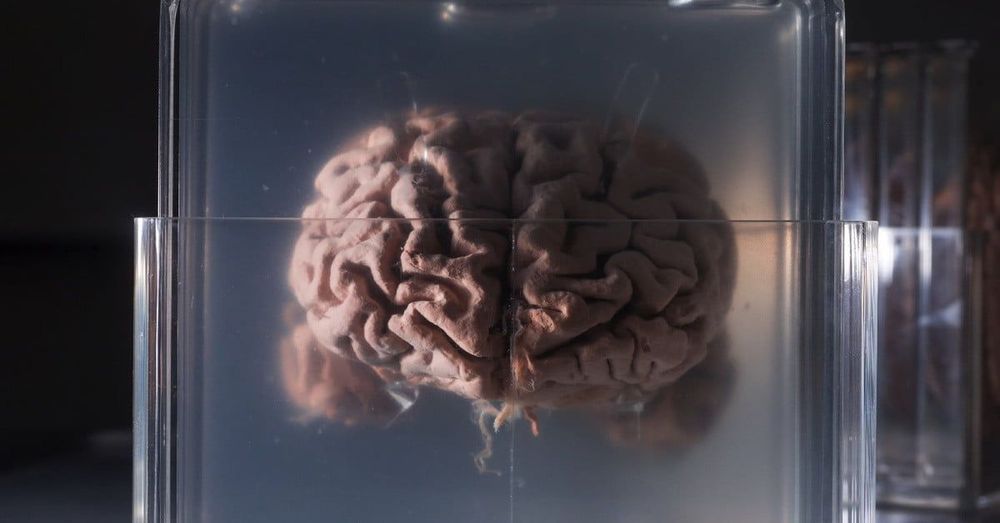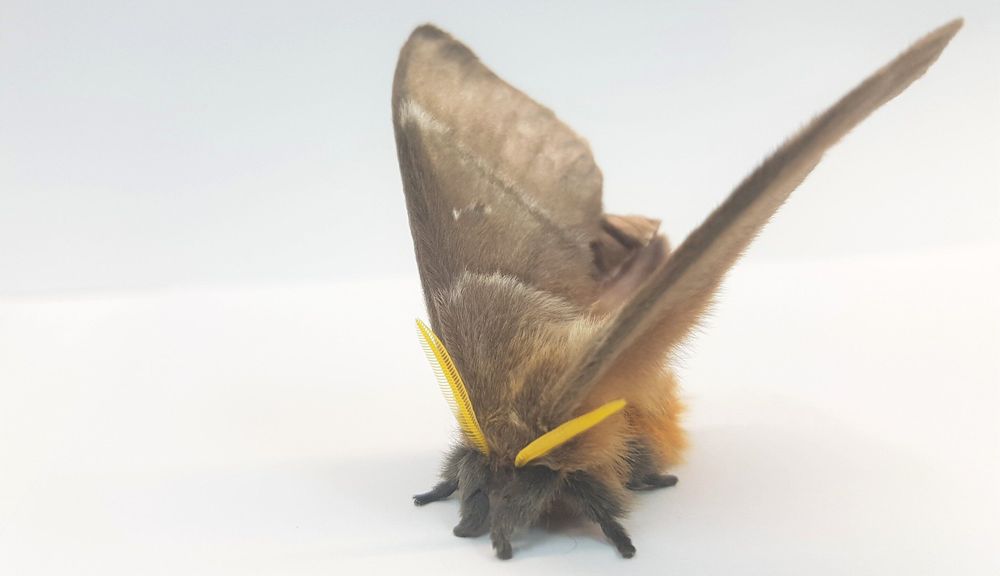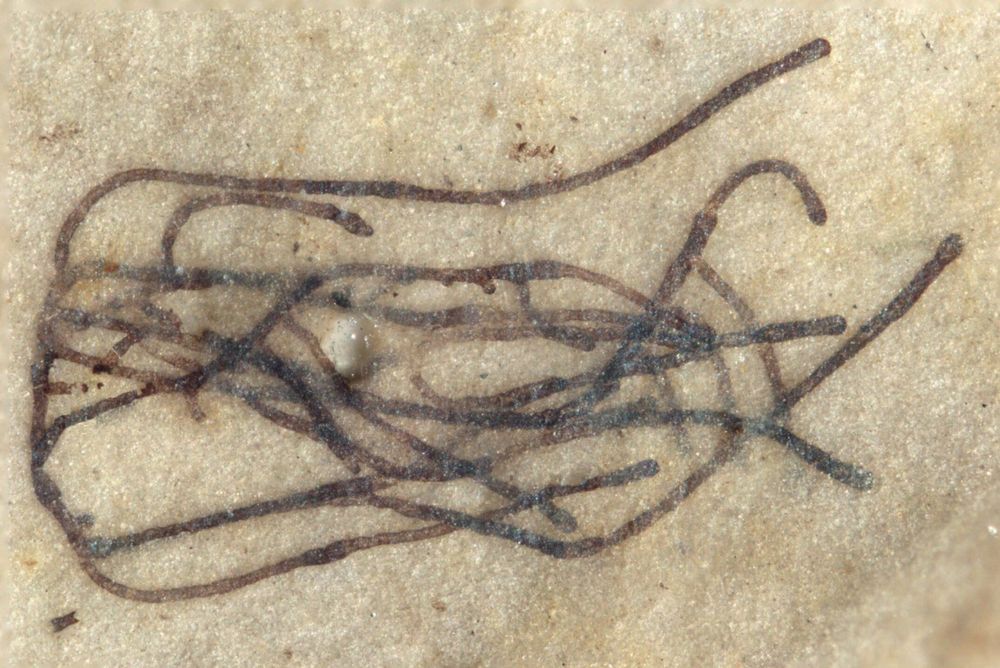Preserved microorganisms have been found encased in 3.5-billion-year-old rocks, confirming that single-celled life was thriving early in Earth’s history.
Category: biological – Page 175
Editor: Juergen Kroymann, CNRS UMR 8079/Université Paris-Sud, France.
Received: June 7, 2010; Accepted: July 7, 2010; Published: July 30, 2010.
Copyright: © 2010 Paungfoo-Lonhienne et al. This is an open-access distributed under the terms of the Creative Commons Attribution License, which permits unrestricted use, distribution, and reproduction in any medium, provided the original author and source are credited.
Chemists create new artificial enzyme
Posted in biological, food
Enzymes are nature’s powerhouses. Found in the cells of all animals, plants, and every other living organism, they accelerate the chemical reactions that trigger thousands of biological functions—from forming neurons to digesting food.
This month, an international team put all of those ingredients together, turning theory into reality.
The three labs, scattered across Padova, Italy, Zurich, Switzerland, and Southampton, England, collaborated to create a fully self-controlled, hybrid artificial-biological neural network that communicated using biological principles, but over the internet.
The three-neuron network, linked through artificial synapses that emulate the real thing, was able to reproduce a classic neuroscience experiment that’s considered the basis of learning and memory in the brain. In other words, artificial neuron and synapse “chips” have progressed to the point where they can actually use a biological neuron intermediary to form a circuit that, at least partially, behaves like the real thing.
Age Reversal Update
Posted in biological
An unprecedented human study aims to induce statistically significant and meaningful biological age reversal using multi-model interventions that include metformin, dasatinib, rapamycin, and NAD+ restoration therapy.
By William Faloon.
Elon Musk and the late Stephen Hawking are not alone in their calls for humanity to become a multi-planetary species. But they certainly are the most visible advocates for space colonization. And while the moon might be the most obvious jumping off point to the solar system and beyond, nothing stands out as a potential site for long term settlement more than Mars.
But just how realistic is sending astronauts to the Red Planet anytime soon–let alone colonizing it permanently? The obstacles are many, and aerospace engineering may well be the least of them. The human biological, psychological tolss and survival strategies–radiation, low gravity, isolation and the marshalling air, water, and food resources–all stand in the way. And then there is the economic cost and the political and public will. In this edition of Seeking Delphi,™ I talk to former NASA Mars mission navigator, Moriba Jah, about the many challenges of leaving of our home planet.
Researchers in Europe and the UK have managed to connect biological and artificial neurons together – and allow them to communicate long distances through the internet. The biological neurons were grown in one country, sent signals through an artificial synapse located in another to electronic neurons in a third country.
As advanced as supercomputers get, the human brain still utterly leaves them in the dust. It’s made up of neurons that communicate with each other through pulses of electrical signals, passed across tiny gaps known as synapses. These neurons can both process and store information, unlike computers that require separate types of memory for each task.
Artificial versions of neurons and synapses have shown to be far more powerful than traditional computer chip designs, but they’re still in the experimental stage. And now, a team of researchers has taken the next step and connected the artificial and biological versions between three different countries.
Rat neurons and artificial neurons just talked to each online. That might sound crazy, but it could one day help to change lives. Here’s what you need to know.
Some species of deaf moths can absorb as much as 85 per cent of the incoming sound energy from predatory bats—who use echolocation to detect them. The findings, published in the Journal of the Royal Society Interface today, reveal the moths, who are unable to hear the ultrasonic calls of bats, have evolved this clever defensive strategy to help it survive.
Bats hunt at night using echolocation. The technique, which is also known as biological sonar, first evolved around 65 million years ago and enables bats to search for and find prey putting huge predation pressure on nocturnal insects. One defence that many nocturnal insects evolved is the ability to hear the ultrasonic calls of bats, which allows them to actively evade approaching bats.
Many moth species, however, cannot hear. The team of researchers from the University of Bristol wanted to investigate the alternative defences against bats that some species of deaf moths might have evolved.
Virginia Tech paleontologists have made a remarkable discovery in China: 1 billion-year-old micro-fossils of green seaweeds that could be related to the ancestor of the earliest land plants and trees that first developed 450 million years ago.
The micro–fossil seaweeds—a form of algae known as Proterocladus antiquus—are barely visible to the naked eyed at 2 millimeters in length, or roughly the size of a typical flea. Professor Shuhai Xiao said the fossils are the oldest green seaweeds ever found. They were imprinted in rock taken from an area of dry land—formerly ocean—near the city of Dalian in the Liaoning Province of northern China. Previously, the earliest convincing fossil record of green seaweeds were found in rock dated at roughly 800 million years old.
The findings—led by Xiao and Qing Tang, a post-doctoral researcher, both in the Department of Geosciences, part of the Virginia Tech College of Science—are featured in the latest issue of Nature Ecology & Evolution (link not active until embargo lifts). “These new fossils suggest that green seaweeds were important players in the ocean long before their land-plant descendants moved and took control of dry land,” Xiao said.

